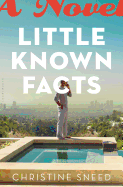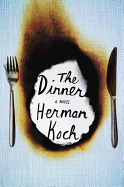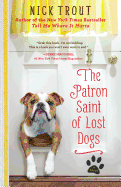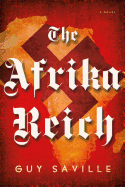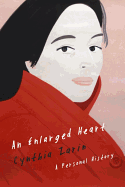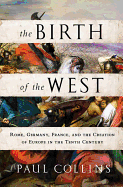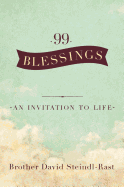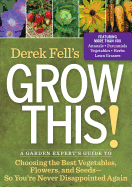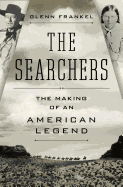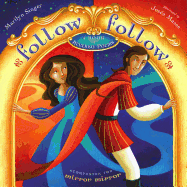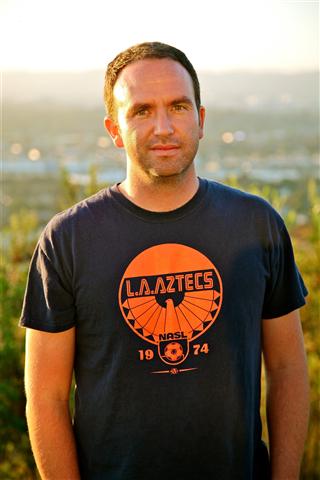 |
| photo: Fred Schroeder |
Several months ago I asked Jim Gavin to take our Book Brahmin questionnaire, and when I read his replies, I immediately bonded with him over his love of basketball great Bill Russell and Paul Murray's novel Skippy Dies. Then I read his book of short stories, Middle Men (Simon & Schuster, $22), and knew I wanted to talk to him. It opens with "Play the Man"--smart-aleck Southern California high school basketballers, a hapless coach, adolescent despair and bravado. Gavin had wanted to write this story for a long time, since basketball was a part of his adolescence. It sets the tone for the rest of the stories: sardonic, sometimes sweet, with males seemingly bewildered, or bemused, by life. There is a palpable sense of place, especially since the Del Taco fast food chain appears in every story. I asked Gavin what prompted that. He said he didn't realize he was doing it, until friends who read the stories as they were written started waiting for the Del Taco reference. The place is his "total default setting" for when he wants "home and comfort and something terrible to eat." It's distinctly Southern California, where there is a huge dividing line between Del Taco and Taco Bell patrons--"It's like the Reformation."
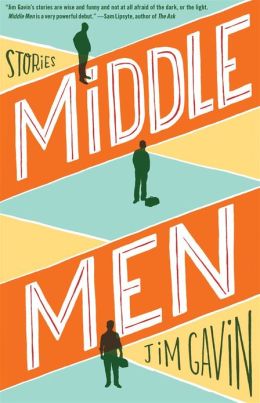 In "Elephant Doors," Adam Cullen is a new assistant to Max Lavoy, the star of a Jeopardy-like game show. Lavoy likes to entertain his staff with anecdotes from Belgian history, which is the most benign of his obsessive traits. Gavin used to work for Jeopardy, and while he writes with a heightened comic reality--he calls it Evelyn Waugh-esque--it will make you watch Alex Trebek and wonder: it may not be the Walloons he's an expert on, but it might be something just as odd.
In "Elephant Doors," Adam Cullen is a new assistant to Max Lavoy, the star of a Jeopardy-like game show. Lavoy likes to entertain his staff with anecdotes from Belgian history, which is the most benign of his obsessive traits. Gavin used to work for Jeopardy, and while he writes with a heightened comic reality--he calls it Evelyn Waugh-esque--it will make you watch Alex Trebek and wonder: it may not be the Walloons he's an expert on, but it might be something just as odd.
Gavin's stories are perfect complete pictures, with a world summed up in a few lines. In "Bewildered Decisions in Times of Mercantile Terror," ad agencies are awash with "lieutenants in the corduroy mafia," and the luckless Bobby, always looking for the big score, is embarrassed by his appearance: "he wished he had shaved, but all of his roommates' razor blades were dull." The high school in "Play the Man" needs little more description than this: "St. Polycarp had a van that could safely seat nine people, and the next day Coach Boyd used it to drive all thirteen of us to Bishop Osorio High School in Watts." Gavin explains that those bits of compression take a long time. "That may be the best skill you develop as a writer. It's almost negative. You focus on dialogue and get out of scenes fast. I'm not good at metaphor, but these fast lines I rely on. Most of my stories are long, but I feel like my writing is spare."
He's now working on a novel but "the less said about that, the better. I'm in the middle of it. It's a challenge." With short stories, he says, it's feast or famine--nothing for several months, then a story. "You can't get away with that with a novel. It's a daily thing. But it's not total torture." --Marilyn Dahl
Jim Gavin: Spare the Metaphor
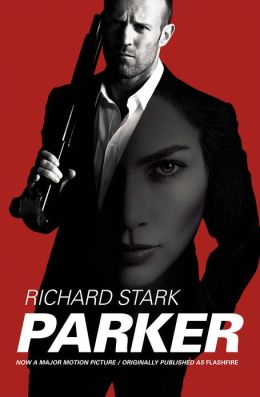
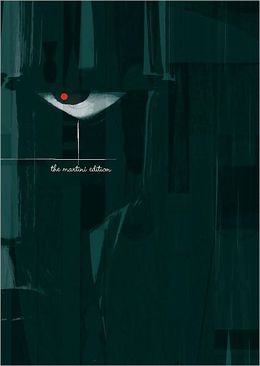





 In "Elephant Doors," Adam Cullen is a new assistant to Max Lavoy, the star of a Jeopardy-like game show. Lavoy likes to entertain his staff with anecdotes from Belgian history, which is the most benign of his obsessive traits. Gavin used to work for Jeopardy, and while he writes with a heightened comic reality--he calls it Evelyn Waugh-esque--it will make you watch Alex Trebek and wonder: it may not be the Walloons he's an expert on, but it might be something just as odd.
In "Elephant Doors," Adam Cullen is a new assistant to Max Lavoy, the star of a Jeopardy-like game show. Lavoy likes to entertain his staff with anecdotes from Belgian history, which is the most benign of his obsessive traits. Gavin used to work for Jeopardy, and while he writes with a heightened comic reality--he calls it Evelyn Waugh-esque--it will make you watch Alex Trebek and wonder: it may not be the Walloons he's an expert on, but it might be something just as odd.